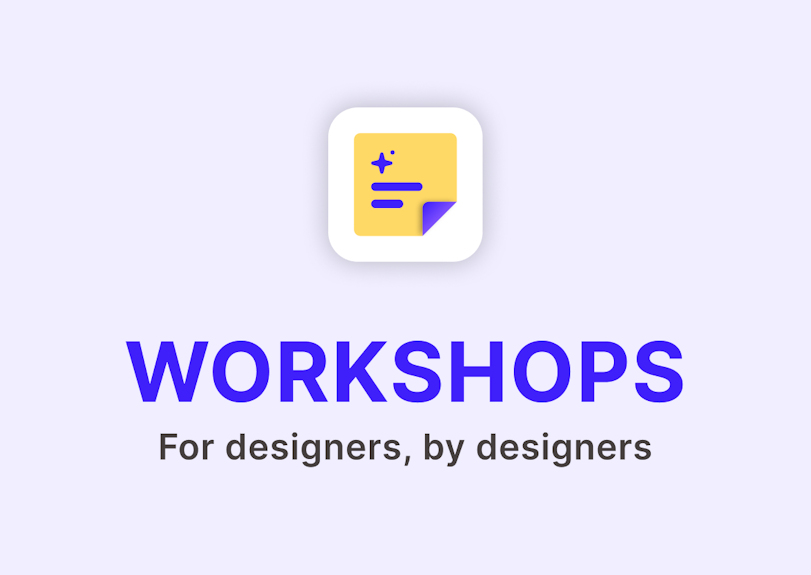In the realm of design, sprints have evolved as a revolutionary technique, bringing teams together for a concentrated effort to solve complex challenges. This article lays out a detailed 5-day workshop plan to guide you through a successful design sprint. Plus, the provided plugin tool is your key to ready-made workshop templates..

One Plugin for All Workshop Needs
26 templates; Get stakeholder buy-in; Become a better UX'er.
Get AI PluginOn Design Sprints
Design sprints are a time-constrained, five-phase process that helps teams answer critical business questions through design, prototyping, and user testing. This innovative approach was pioneered by Google Ventures (GV), with Jake Knapp leading the charge.

The primary goal of a design sprint is to fast-track product development, validate ideas, and reduce the risk of failure without building and launching the actual product. Typically, a design sprint spans five days, with each day dedicated to a specific phase of the process.
Day-by-day Design Sprint Breakdown
Now, let's break down the design sprint workshop day by day. We'll share out tried-and-true templates in the meantime.
Day 1: Understand
Day Goals
Goal 1: Map out the challenge and align the team.
Goal 2: Identify the target users and their pain points.
Goal 3: Establish a shared knowledge base for all team members.
The Logistics
Who needs to come: Project stakeholders, UX/UI designers, product managers, and developers.
How long should it take: Full day, 8 hours with breaks.
Day 2: Diverge
Day Goals
Goal 1: Brainstorm potential solutions.
Goal 2: Encourage "blue-sky thinking" to go beyond the obvious.
Goal 3: Create a range of rough prototypes or sketches.
The Logistics
Who needs to come: UX/UI designers, product managers, developers, and creative team members.
How long should it take: Full day, 8 hours with breaks.
Day 3: Converge
Day Goals
Goal 1: Evaluate and narrow down potential solutions.
Goal 2: Decide on which ideas to prototype.
Goal 3: Build a storyboard to guide the next day’s prototyping.
The Logistics
Who needs to come: Decision-makers, UX/UI designers, and product managers.
How long should it take: Full day, 8 hours with breaks.
Day 4:
Day Goals
Goal 1: Build a high-fidelity prototype.
Goal 2: Ensure that the prototype aligns with the storyboard.
Goal 3: Prepare for user testing by setting up sessions and questions.
The Logistics
Who needs to come: UX/UI designers, developers, and anyone familiar with the prototyping tool being used.
How long should it take: Full day, 8 hours with breaks.
We haven't shared a workshop template, as the process does not involve any.
Day 5: Test
Day Goals
Goal 1: Conduct user testing sessions.
Goal 2: Gather and analyze feedback from real users.
Goal 3: Define next steps based on user feedback.
The Logistics
Who needs to come: Product managers, UX/UI designers, and ideally, a few team members to observe and take notes.
How long should it take: Full day, 8 hours with breaks.
Bottom line
In wrapping up, we've shared four pivotal templates from 'Workshops'—our newly launched Figma plugin boasting over 26 templates. We believe these resources will make your design sprints more efficient. Our aim with this article is to simplify the sprint process, helping design ideas come to life more swiftly and seamlessly.





